Studio Essentials: Healing Force Project
The Italian DJ-producer reveals the key tools behind his jazz-infused studio sound.
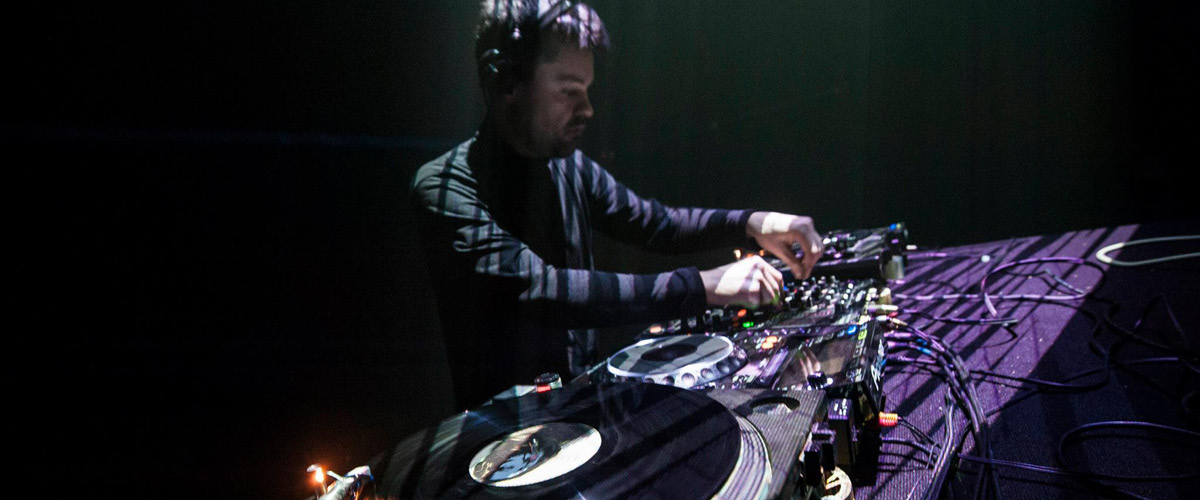
Studio Essentials: Healing Force Project
The Italian DJ-producer reveals the key tools behind his jazz-infused studio sound.

Healing Force Project is that of Antonio Marini, the Italian experimental musician who produces electronic music with “free-jazz” tastes. As it stands, there is not too much to say: besides a few interviews with his national media, very little is known about him either in a personal or professional capacity. Indeed, all we have is a catalog of releases that dates back to 2010, including two full-lengths on Eclipsemusic and numerous EPs on several different imprints. There are also a limited number of DJ sets floating around online, but there is little more to be found.
His sound, however, continues to earn him a loyal and expanding fanbase. Listen to some of his tracks and you can’t help but feel that they’re out of time, mixing influences of free jazz with those of funk, psychedelia, obtuse rock, and electronica. But deep inside this chaos lies a certain beauty, an appeal that feels different to what is more readily available in the wider electronic music climate. To learn more about the creation of this sound, XLR8R asked Marini to give his insight on the key tools that are behind it.
Akai MPC Studio
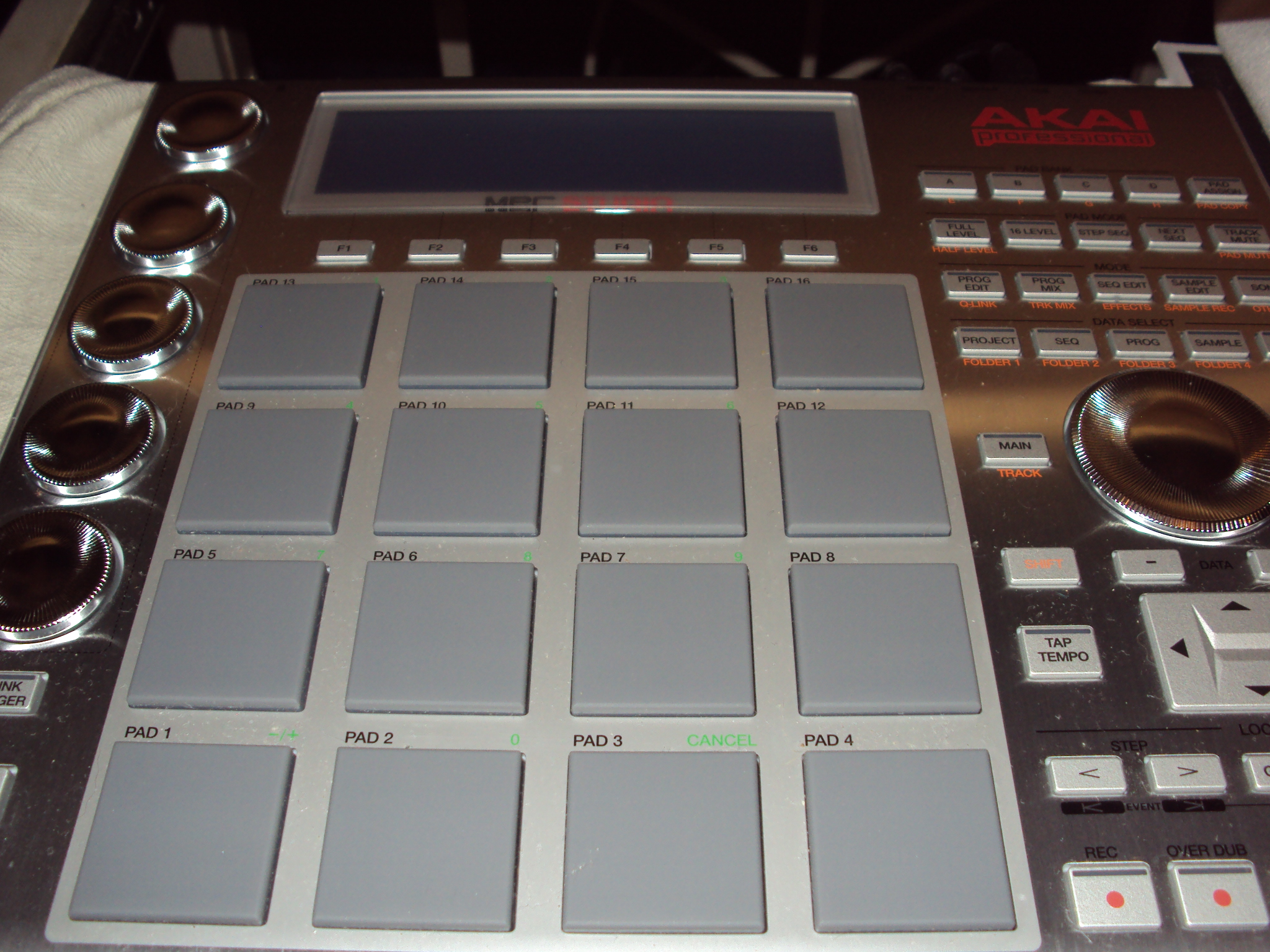
I actually bought this drum machine a while ago. It might be one of the smallest and simplest coming out of the AKAI family (with USB entry), but it also comes with lots of options and variations in regards to beat making. It has the ability to create beats through various “sources,” both coming from the same machine (presets), or imported directly from your favorite DAW—in my case the Logic X. Each pad is suitable to work on every kind of element of a track. I can put in a beat via one pad (drum); on another, I can play a bass and so on. And with the help of a sequencer, I can then work on variations.
The pads are very sensitive and have various pressure modes, allowing the creation of dynamic and different accents, that give different perspectives on the project I am working on. Each pad is important in creating a singular groove. They all work well, and their functions are to keep the production at a high level. It’s important for the variations too (I’m talking about rhythm variations and pad/bass variations).
I strongly recommend it for those who love sampling and the whole creative process.
Korg MS-10
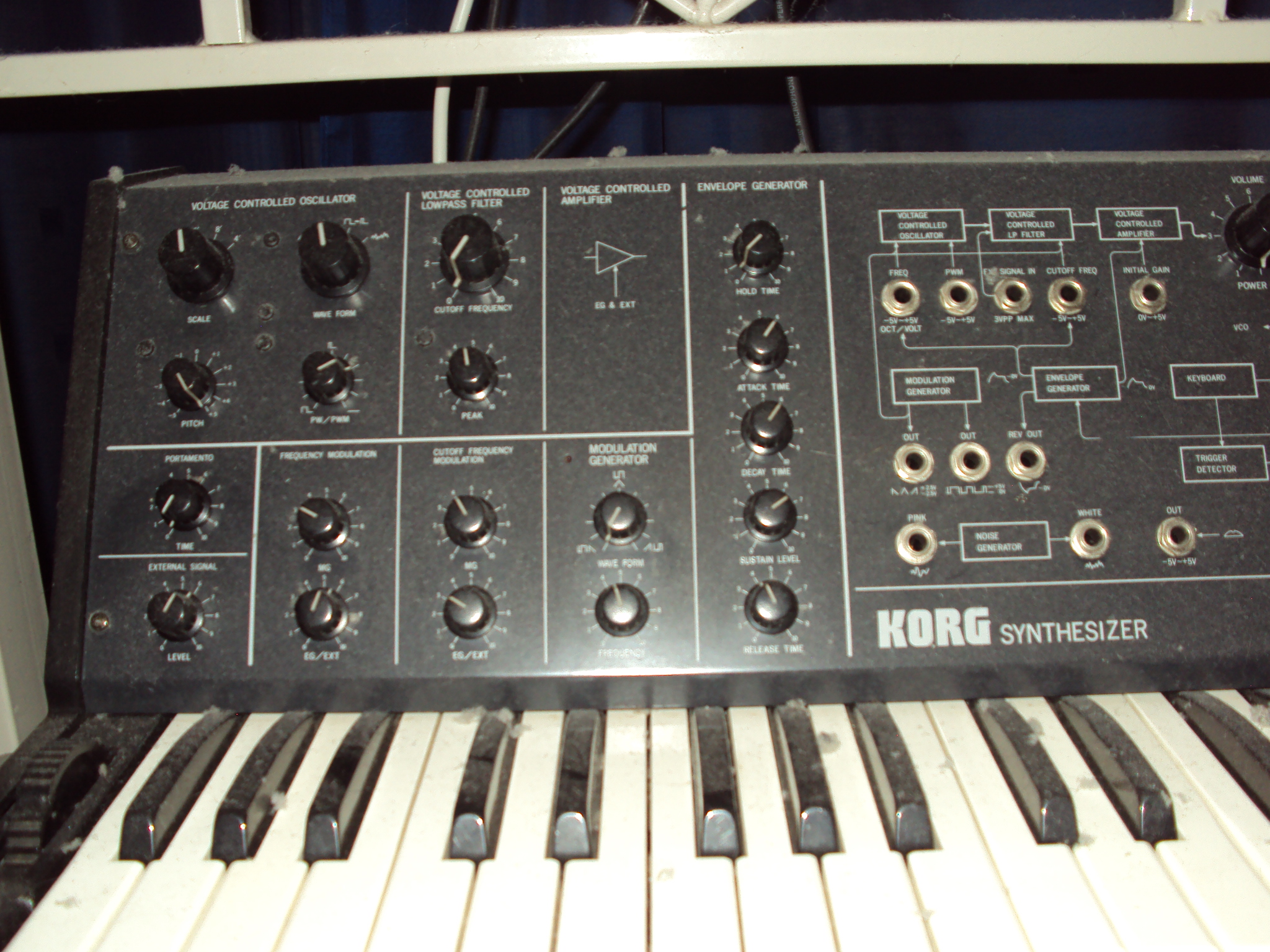
In this case, we are talking about something fully analog. Pure in its essence, but at the same time it is the creator of dark and dirty elements. This machine was extremely popular back in the ’70s/’80s; it has great stylistic key variations and it’s psychedelic also.
I use this tool just to have a variety of different styles when creating bass. It is great for low frequencies. It was especially useful for my track “Opium” via Acido Records. In general, it’s very good for creating analog bass lines.
Whether the sound is fat, or a little more “classic,” the important thing is the depth that only these machines can give to each element.
MiniMoog “Little Phatty”
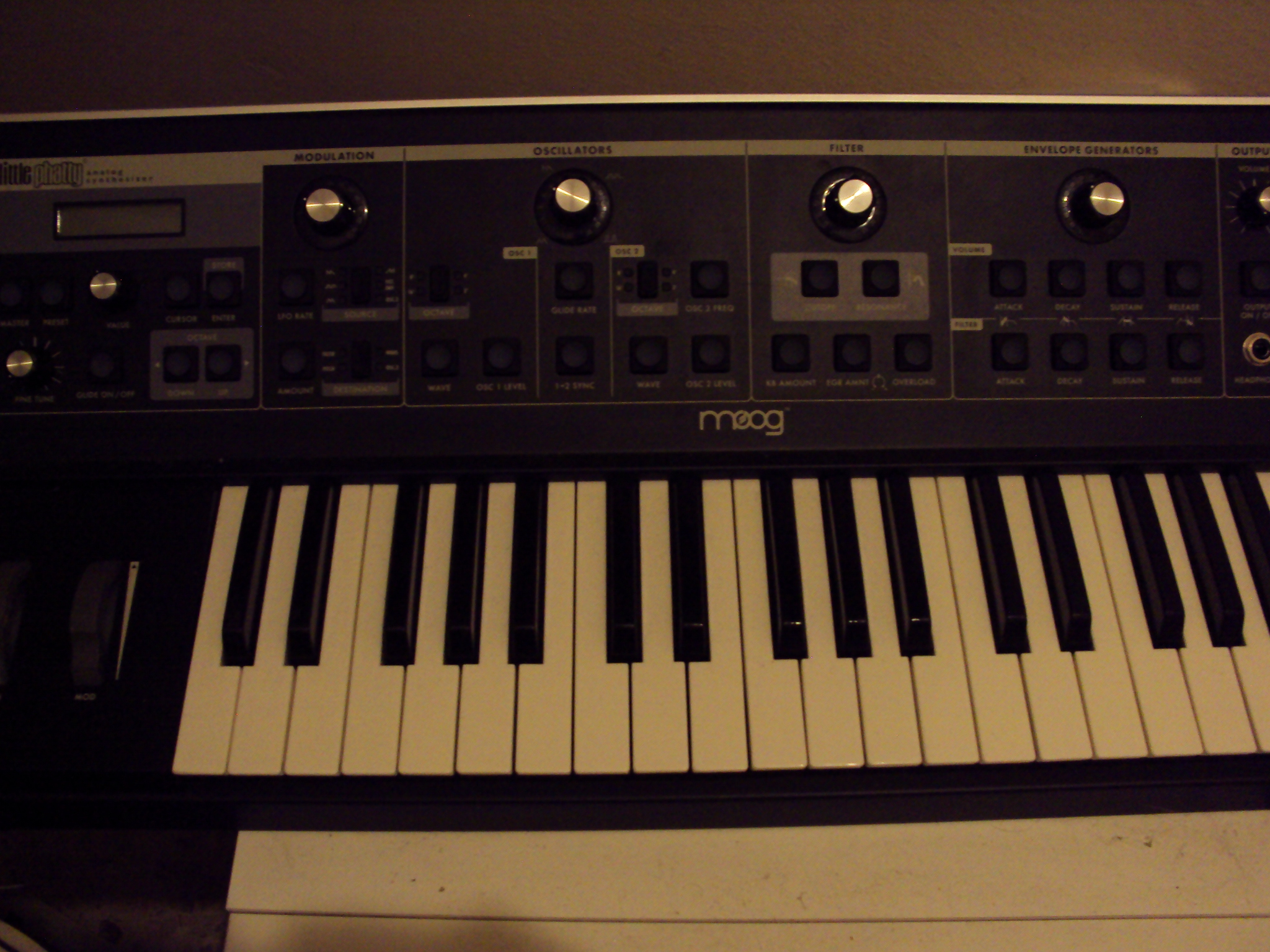
It ‘s been a while since I bought this and it’s now part of the hybrid synthesizers family. In the field of sound, it offers extensive variety. It’s great for breakbeat, acid textures, and lots of other things too. You can work with every single wave to achieve a more original and deep sound. I used it a lot on “Moorg #1.” The title is taken from the two instruments that I used: Moog Phatty and the Korg Ms-10.
Also, do not underestimate the “dual nature” of the instrument (analog-digital). This allows a greater dough in the sound, as well as the possibility to vary from each track’s individual musical patterns.
I find it pure; but at the same time it is very adaptable to digital platforms. It might not be original in every way, but it’s perfect for producing good electronic matrix traces and can offer some nice surprises too.
Yamaha TG77 Tone Generator
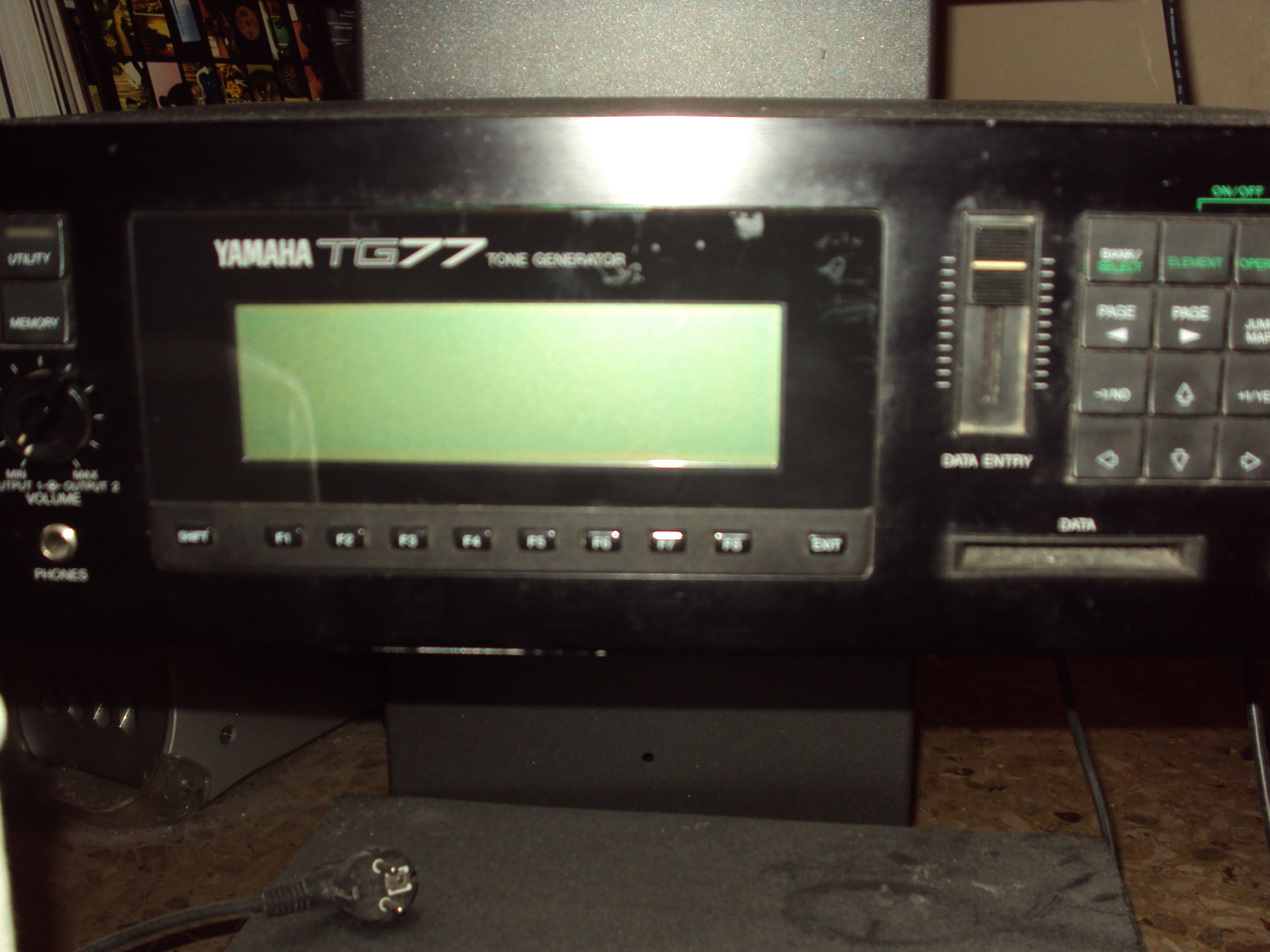
I was curious to try this thing out, especially after it was recommended by quite a few people.
For those who love fusion sound, but can also relate to Jeff Mills‘ vision of techno, in this tool, there are many major landmarks to be found. It’s got excellent tightness and allows you to play various types of pads (via MIDI), as well as model many sound elements and minimal rhythmic parts. These pads sound sophisticated and refined. I’ve used it in a lot of my productions, like “Hybrid 2,” because I love the soulful sound of it.
With AFM (Advanced Frequency Modulation) and AWM (Advanced Wave Memory) variants in conjunction with real-time digital filtering, it used to be one of the most advanced components of technology synthesis.
Korg M1R – Polynominal
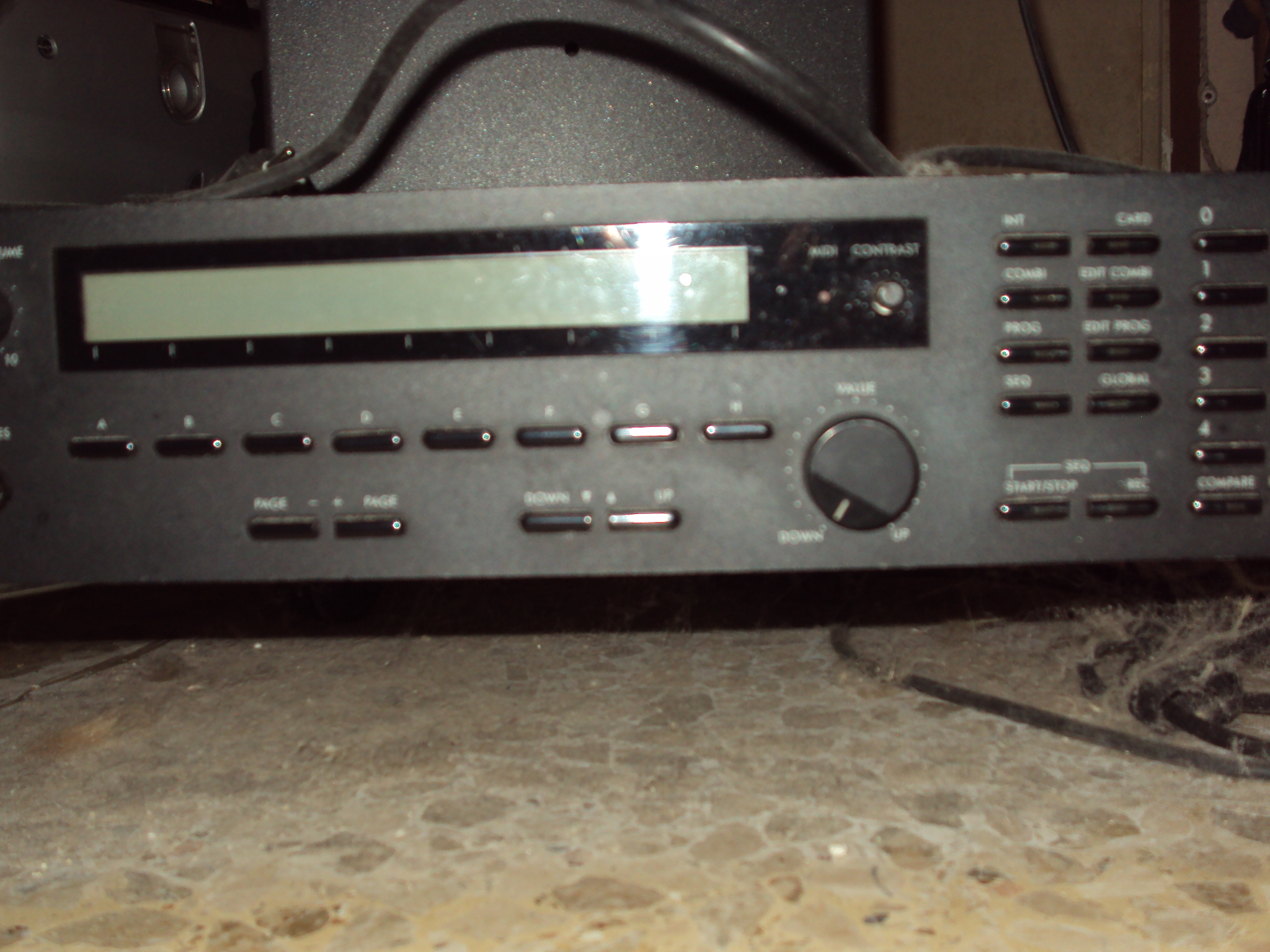
It came out in 1989 and it appears to be a simple rack machine; however over time, depending on what you produce, it becomes a very important instrument with great sound variation. I used it a lot for “Alien Step.” It sounds similar to the TG77 but with some more basic variations.
Basic technical features include the presence of 149 samples at 16 bits with digital filters and sequencers, all of which give excellent sound quality and perspective to your productions. Of course, there is also the MIDI input resulting in 16 polyphonic voices based on 16 bits.
It is really useful to create sounds associated with bass or certain productions of the ’80s, coming from fusion jazz or the soul-funk era.
__________
Healing Force Project can be found playing at this year’s Terraforma Fesival just outside of Milan this weekend. More information can be found here.

